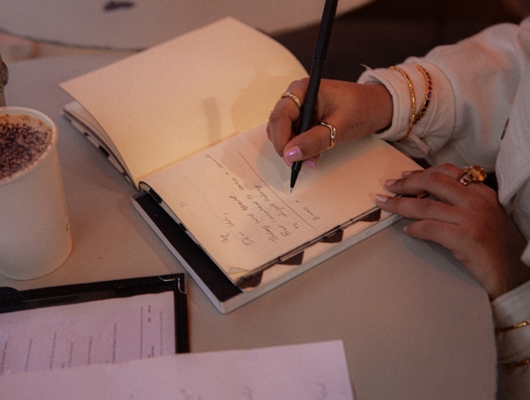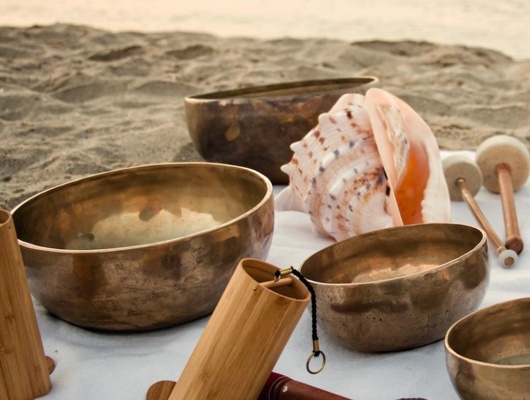Best Blogs
Healing Reiki: What It Is and Why You Should Try It
01/08/2025
You’ve likely heard the word being thrown around in your wellness circles, with myriad definitions further confusing you from the truth. What is Reiki, and should you do it?
We all know the type. Someone mentions Reiki healing and you picture incense, whale music, and an awkwardly long hug from a stranger in linen. But push past the stereotypes and you’ll find an ancient practice that’s surprisingly grounded, remarkably effective, and quietly radical in the way it helps people reconnect with themselves.
Reiki 101: A Refresher
Reiki (pronounced RAY-kee) is a form of energy healing developed by Japanese Buddhist Mikao Usui in 1922. The word itself comes from the Japanese "rei" (universal) and "ki" (life energy).
Essentially, it’s a ‘laying of hands’. A Reiki practitioner places their hands lightly on or just above your body, channelling energy to help balance and unblock your natural flow. There’s no massage and no cracking of joints; it’s about facilitating flow, not applying pressure. The effects and practice are subtle, but many report feeling warmth, tingling or a gentle release. Others simply fall into a nap-like state that makes a sleep pod look like a Red Bull.
How does Reiki work?
Much training goes into the practice of Reiki. Practitioners become attuned to act as conduits of Reiki energy. During a session, they’ll help you set an intention for healing, then place their hands over specific areas of the body in set sequences, usually following a series of positions that correspond to major organs or energy centres (often referred to as chakras). By doing this, practitioners can sense where energy is flowing well or where it’s congested. By hovering, holding or moving their hands around the body, they help to clear stagnation and stimulate balance, like opening the windows so the breeze can circulate.
They’re not directing the energy in the way a physiotherapist manipulates muscles; instead, they allow the Reiki to flow where it’s needed most.

Why Try it?
Let’s start with the obvious: stress. According to the Australian Bureau of Statistics, one in five Australians experiences high levels of psychological distress. Reiki works by triggering the parasympathetic nervous system, the body’s rest-and-digest mode, which can lead to a deep sense of calm and stability.
But if stressed and frazzled isn’t what you are, Reiki does other things too. People turn to it for support with chronic pain, anxiety, grief and insomnia.
But simply, the benefits of healing Reiki extend beyond relaxation. They include:
-
Lowered stress hormones
-
Increased emotional resilience
-
Pain reduction
-
Better sleep
-
Heightened self-awareness
Some people experience old memories or feelings resurfacing during a session, which is part of the clearing. You just have to kind of trust that the energy knows where to go.
Reiki vs Pranic Healing: What’s the Diff?
If you’ve also heard of Pranic healing in those same circles, you’ve probably wondered about the difference. Both are forms of energy work, but they differ in approach. Reiki uses universal energy that flows through the practitioner into the client. It’s intuitive, hands-on (or just-above-the-body), and gentle.
Pranic healing, developed by Master Choa Kok Sui, is more mechanical. It involves scanning the energy body (aura), removing blockages, and energising specific chakras using protocols. There’s no touch involved, and it leans more toward structured technique than intuitive flow.
Neither is better and it comes down to personal preference. Reiki feels like a warm bath. Pranic healing is more like energy surgery.
Is It All Woo?
Naturally, the question of belief is going to come up often. But you don’t even have to believe in chakras or life force energy for Reiki to do its thing. At worst, you’ll get an hour of quiet and care. At best, you’ll leave feeling lighter, clearer, and more in tune with yourself. Just book a session, show up, and be open to the idea that your body knows how to heal – it might just need a little nudge.



